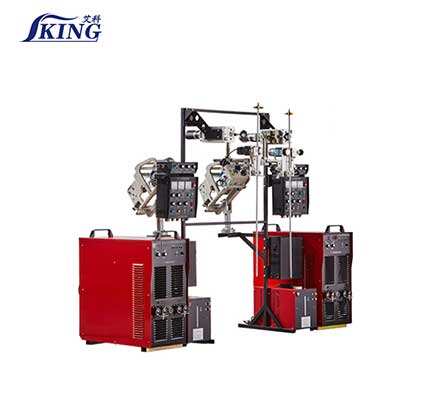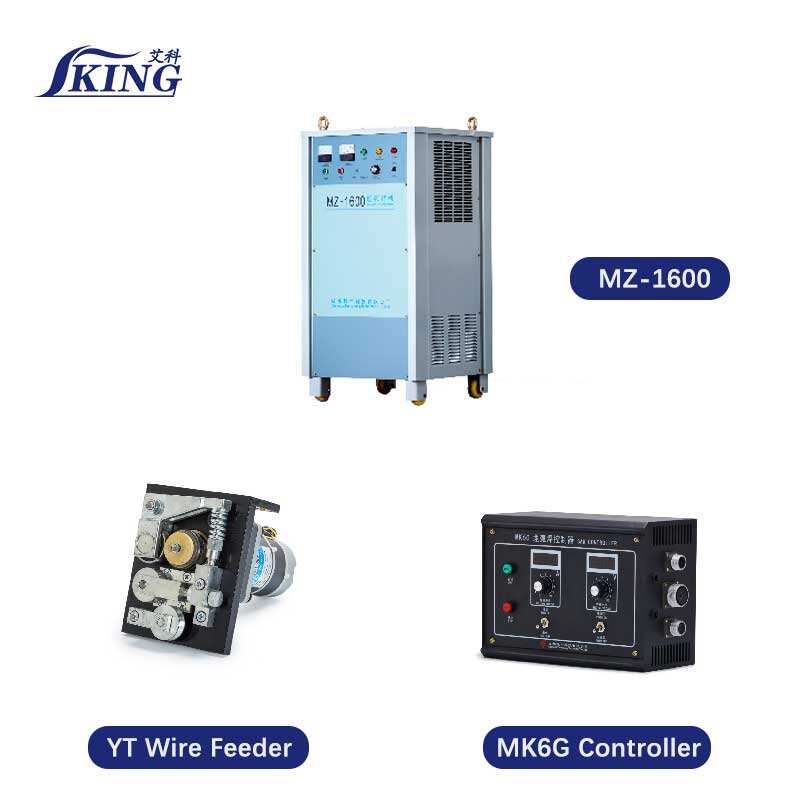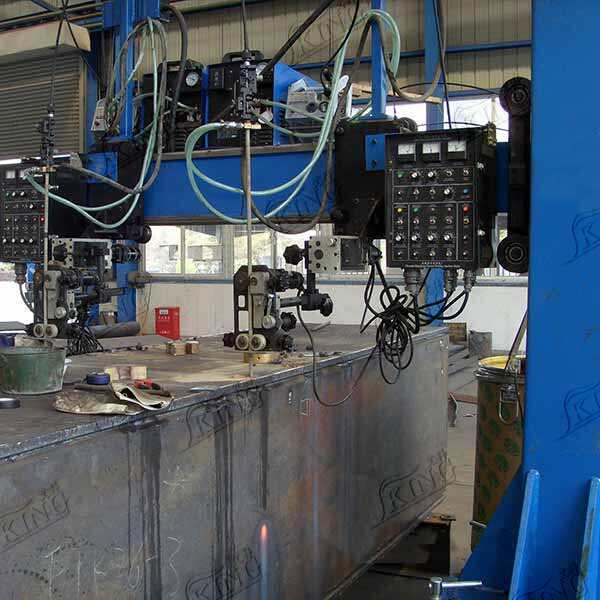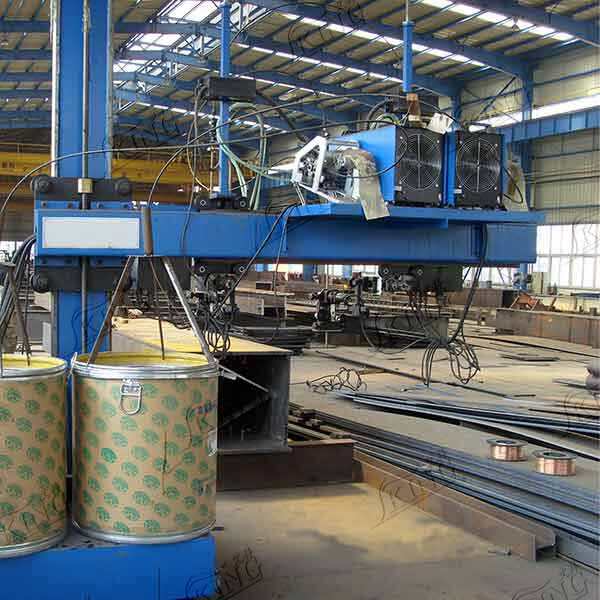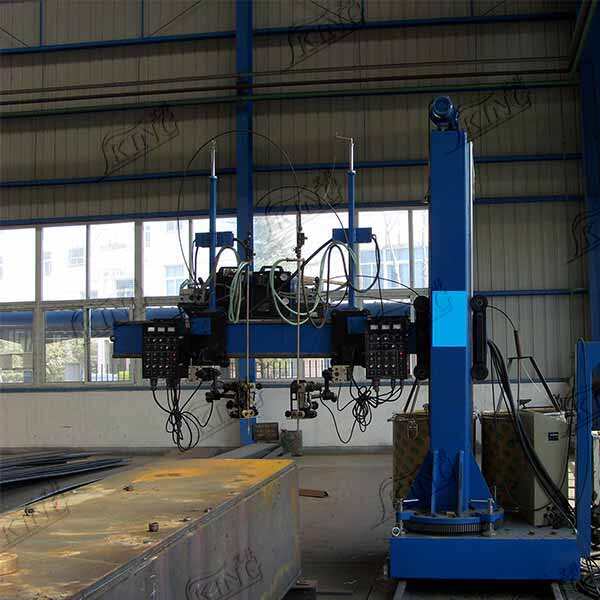electroslag welding
Electroslag welding (ESW) is an advanced welding process that excels in joining thick metal sections in a single pass. This highly efficient method utilizes electrical resistance heating of a conductive slag bath to melt filler metal and join workpieces. The process begins with an initial arc that heats a granular flux, creating a molten slag bath. Once the slag becomes electrically conductive at high temperatures, the arc extinguishes, and the current passes through the slag, maintaining the necessary heat for welding. The molten metal from the continuously fed electrode drops through the slag pool, forming the weld. The slag bath serves multiple purposes: it provides electrical resistance for heat generation, protects the weld pool from atmospheric contamination, and helps shape the final weld bead. ESW is particularly valuable in heavy industrial applications, including shipbuilding, pressure vessel fabrication, and construction of large structural components. The process can efficiently weld materials ranging from 1 inch to 12 inches in thickness, making it ideal for applications where traditional welding methods would require multiple passes. Its ability to complete thick section welds in a single pass significantly reduces both welding time and costs.

